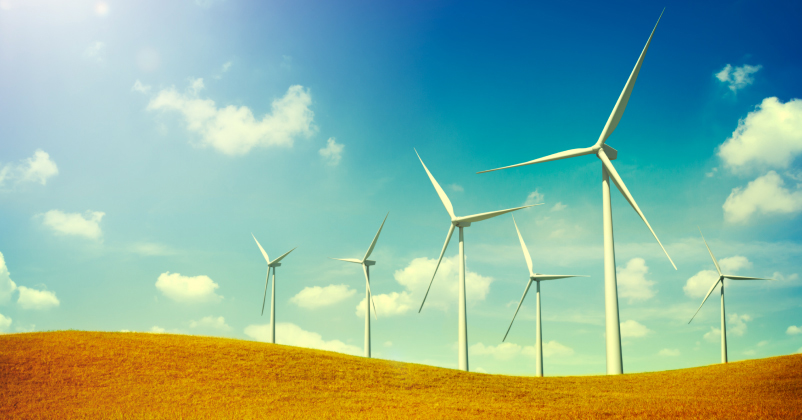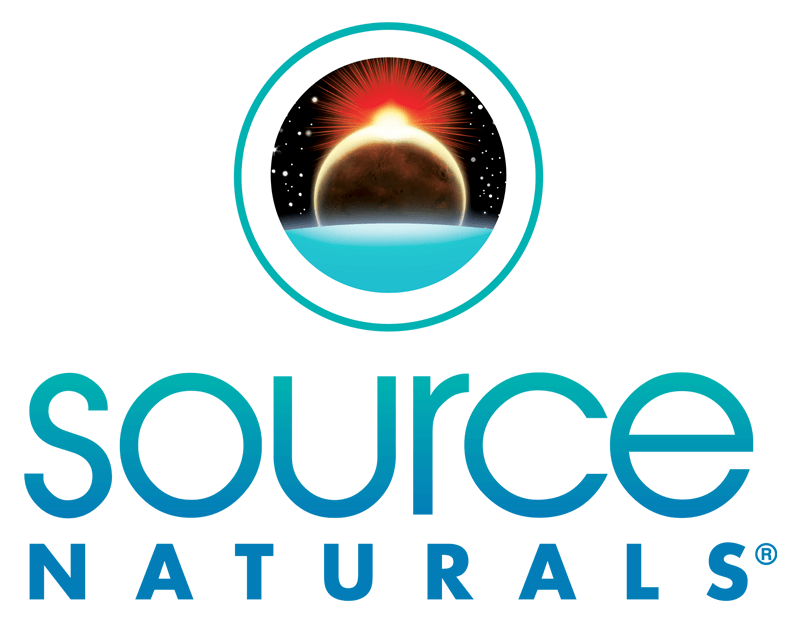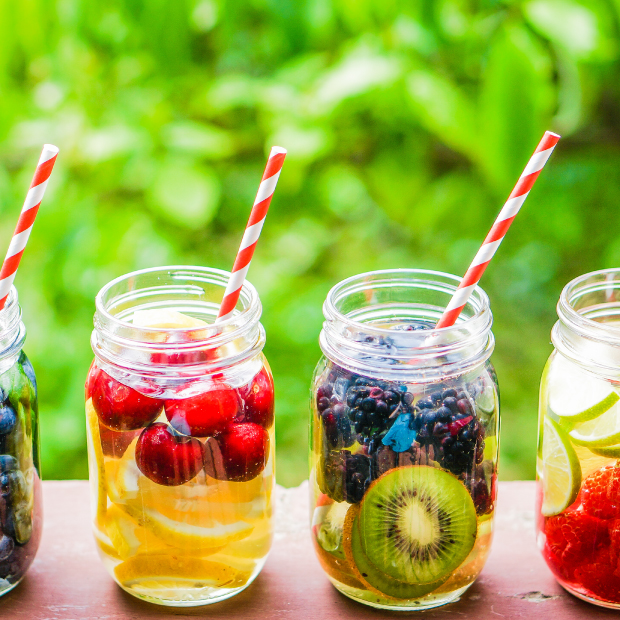
Energy! We all want more of it, so we grab quick-hit sugary snacks, caffeine, and energy drinks to propel us forward…when we slow down, we reach for more…and the vicious cycle rolls on.
There’s an easier and healthier way to get more energy: leverage the powerful biology of your own cells.
Where Energy Really Comes From
Your body requires vast amounts of energy to function, still more to heal and to grow. That energy is generated by most of the nearly 40 trillion cells in your body.
Inside each cell, as many as 2,000 tiny power plants called mitochondria convert glucose, fat, and oxygen into adenosine triphosphate (ATP), an energy-rich molecule known as the “energy currency” of the body. Like the money we exchange for goods and services that we need, ATP is a means of exchanging incoming energy from food for forms that the various cells can use.
Almost all of your body’s biochemical activity requires ATP to provide the energy that starts chemical reactions. Every day, your body produces an astounding half of its own weight in ATP just for normal, life-sustaining functions; it metabolizes many times your body weight when you engage in any physical activity, from something simple like making the bed to the extreme demands of running a marathon.
If your ATP production is low, you can feel tired and fatigued even if you’re eating well and getting enough sleep. So how do you make sure you are getting enough ATP to power your cells?
How to Nurture Your ATP
A healthy diet can help feed your energy processes—but it can be difficult to get adequate nutritional support for ATP production from food alone. Thoughtful supplementation may be the best way to reliably support your cells’ ATP production.
The most effective nutritional compounds that support ATP production also occur naturally in your body. They include:
- Coenzyme Q10 (CoQ10) is an enzyme that’s necessary for normal body functions and essential to the production of cellular energy. It can be synthesized in your body and supplied from your diet. Cellular CoQ10 levels peak in your early 20s; as you age, your body produces less. Good dietary sources of CoQ10 include organ meats (heart, liver, and kidneys), beef, sardines, mackerel, spinach, broccoli, and cauliflower.
- Alpha-lipoic acid (ALA) plays a key role in the Krebs cycle, a complex part of the cells’ energy-producing process. Research shows that this incredible compound benefits nerves and eyes, muscle energy, liver function, immune support, blood sugar balance, cellular health, and increased insulin efficiency. ALA and CoQ10 also happen to be powerful antioxidants that combat the free-radical damage naturally created by energy production. Food sources of ALA include organ meats (heart, liver, and kidneys), broccoli, and spinach.
- Acetyl l-Carnitine is a critical biochemical compound that transports long-chain fatty acids into the mitochondria for ATP production. It also supports your body’s synthesis of acetylcholine, a neurotransmitter that’s critical for learning and memory. The richest source of this compound is red meat.
- B vitamins act as essential co-factors (or assistants) in multiple chemical reactions that convert food energy into ATP. If they’re not present, the chemical reaction can’t happen. Good dietary sources of B vitamins include fish, poultry, meat, eggs, dairy, legumes, nuts and seeds, avocados, bananas, broccoli, and spinach.
If you’re frequently reaching for snacks or energy drinks to get through a busy day, remember that true energy doesn’t come from stimulants—it comes from the ATP produced by the mighty mitochondria in your cells. Find ways to nurture your ATP production to feel the renewable, long-lasting energy you were meant to have.
Resources
Energy production in the body is a fascinating and deeply detailed topic that you can get lost in, if you’re interested. Here are some references that helped us prepare this article.
Bill Robertson, “How Does the Human Body Turn Food Into Useful Energy?” NSTA WebNews Digest, National Science Teachers Association, NSTA.org, 2/27/06. Accessed 1/17/19.
British Society for Cell Biology, “Mitochondrion—Much More Than an Energy Converter,” BCSB.org. Accessed 1/22/19.
Michael W. Davidson and The Florida State University, “Cell Biology and Microscopy: Structure and Function of Cells & Viruses,” Molecular Expressions™, Micro.Magnet.FSU.edu, 11/13/15. Accessed 1/22/19.
New Zealand Science Learning Hub – Pokapu Akoranga Putaiao, “Mitochondria – Cell Powerhouses,” ScienceLearn.org.nz, 7/20/11. Accessed 1/22/19.
Scitable by Nature Education, “Cell Energy and Cell Functions,” 2014. Accessed 1/17/19.
Susan Ingraham, “Making Energy: How Our Bodies Work,” SusanIngraham.net, 11/5/15. Accessed 1/17/19.









